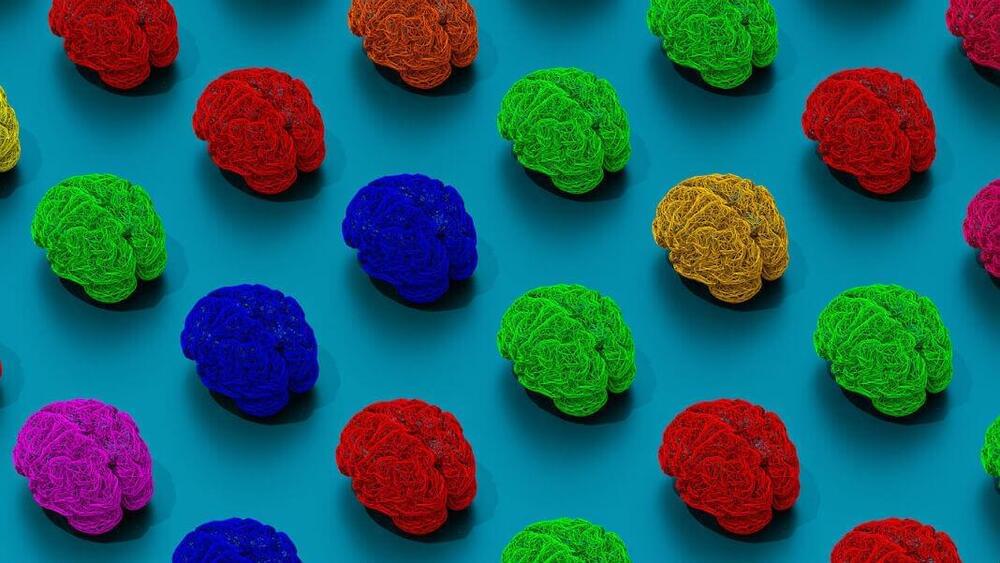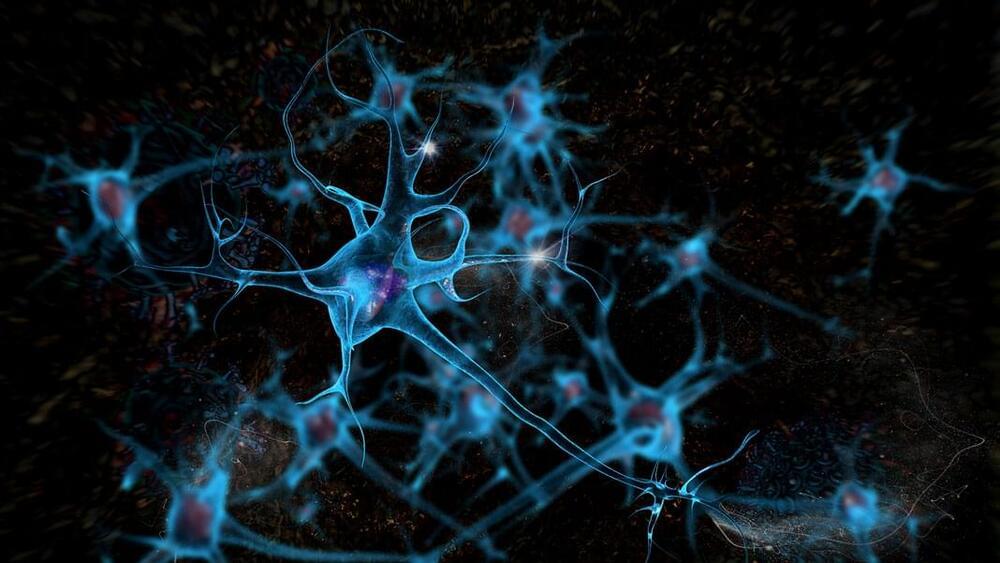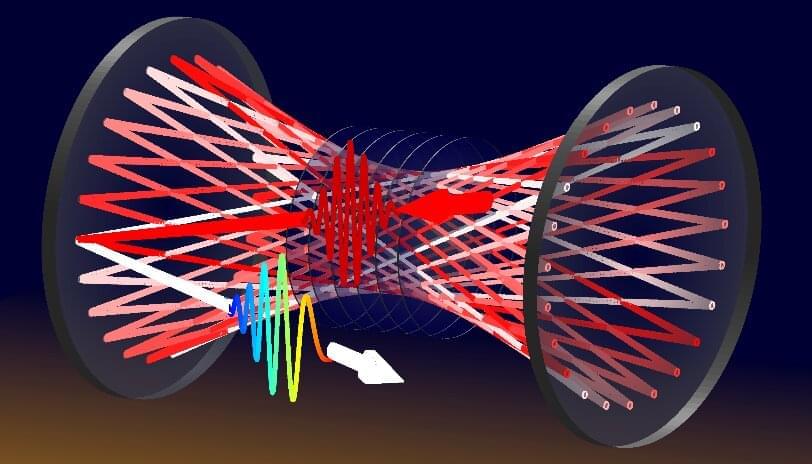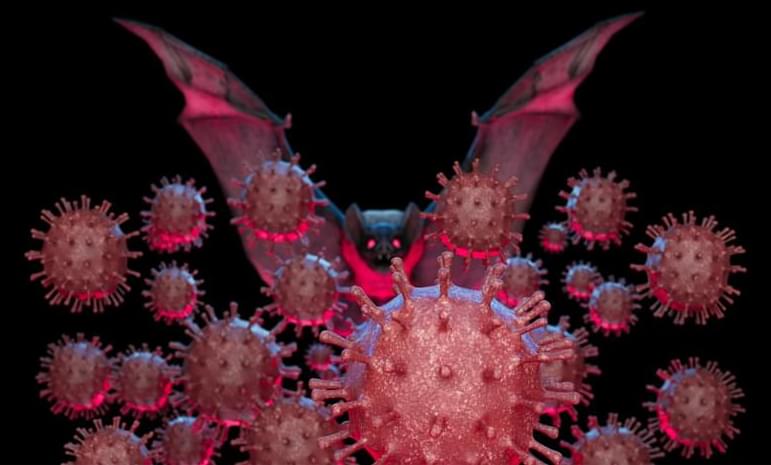May 12, 2022
Ultrathin fuel cell uses the body’s own sugar to generate electricity
Posted by Shubham Ghosh Roy in categories: biotech/medical, computing
Glucose is the sugar we absorb from the foods we eat. It is the fuel that powers every cell in our bodies. Could glucose also power tomorrow’s medical implants?
Engineers at MIT and the Technical University of Munich think so. They have designed a new kind of glucose fuel cell that converts glucose directly into electricity. The device is smaller than other proposed glucose fuel cells, measuring just 400 nanometers thick. The sugary power source generates about 43 microwatts per square centimeter of electricity, achieving the highest power density of any glucose fuel cell to date under ambient conditions.
Silicon chip with 30 individual glucose micro fuel cells, seen as small silver squares inside each gray rectangle. (Image: Kent Dayton)


















